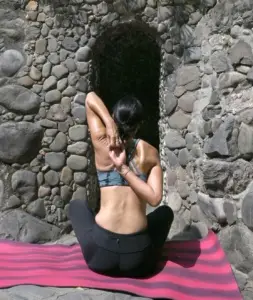
Mindful-based practices can play a significant role in managing osteoporosis by improving bone density, balance, and overall strength. Osteoporosis is a condition characterized by weakening bones due to loss of bone density, which increases the risk of fractures. Mindful-based practices offer gentle, weight-bearing exercises that can help maintain bone health, improve posture, and enhance flexibility without excessive strain on fragile bones.
Benefits of Osteoporosis Therapy:
Considerations before Starting:
Mindful Poses and Practices for Osteoporosis:
Breathing Exercises for Osteoporosis:
Mindful Practice for Osteoporosis:
Summary with Tips:
Mindful-based practices for osteoporosis offer a gentle and effective approach to supporting bone health, improving balance, and enhancing overall well-being. By incorporating these mindful poses, breathing exercises, and meditation practices into your routine, you can strengthen bones, reduce stress, and foster a greater sense of vitality and resilience.

GoInwards is an IRS 501(c)(3) Non-Governmental Organization (NGO), chartered to advance wellness through integrative health related awareness, prevention, intervention, and resilience-based educational programs.
FEIN 90-0609802